On December 8th, 1941, shortly after the World War II attack on Pearl Harbor, thirty-six Japanese, Mitsubishi G3M2 Nell bombers appeared in the skies above Wake Island Atoll. A battle ensued.
After fifteen devastating days the Americans were forced to surrender the island atoll, losing 119 men and twelve aircrafts. The determined Japanese gained control of the island after losing 820 men, two destroyers, a submarine, and twenty-one aircrafts. Wake remained under Japanese control throughout the war until it was recaptured by American forces on September 4, 1945.

Nearly seventy-five years after the Battle of Wake, on August 10, 2016, the NOAA Ship Okeanos Explorer conducted a dive on a shipwreck three kilometers southwest of Wake Island. Okeanos detected the (then) potential wreck site in April of 2016 during a seafloor mapping expedition in the Pacific Remote Islands Marine National Monument (PRIMNM).
Based on wreck location and dimensions, scientists and archaeologists postulated the wreck to be the Japanese Kamikaze-class destroyer, Hayate: the first Japanese warship to sink during World War II. American coast-defense guns sank the Hayate (positioned approximately three kilometers southwest of Wake Island) on December 11, 1941.

Upon closer inspection of the wreck using video from Remotely Operated Vehicle (ROV) Deep Discoverer, archaeologists determined the wreck was not the Hayate after all.

The ship was actually the Amakasu Maru No. 1, a Japanese water tanker sunk by the USS Triton on December, 24 1942. Though the starboard side of the ship was intact, the port side sustained heavy torpedo damage. The stern may also have considerable damage from impacting the large boulder where the wreck now rests.

Unlike the Hayate, which had two propellers, the Amakasu Maru had a singular propeller. The ships also have different armament specifications.


After ROV Deep Discoverer‘s camera captured hauntingly beautiful wreck, Okeanos was able to broadcast the imagery live via telepresence, onto the Okeanos YouTube page and website.
Though the 2016 field season is over, more dive highlights from the 2016 field season are posted daily on the Inner Space Center YouTube channel.
Featured Image: Wrecked Wildcats (US) after Wake’s capture by the Japanese. Courtesy of the Naval Historical Center.
Original post published August 13, 2016.

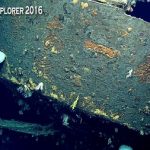
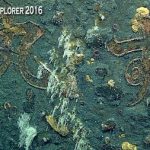

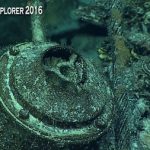
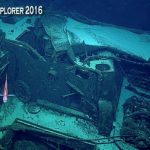
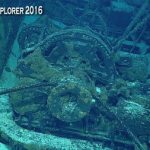
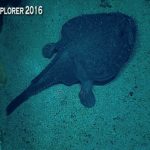


Leave a Reply
You must be logged in to post a comment.